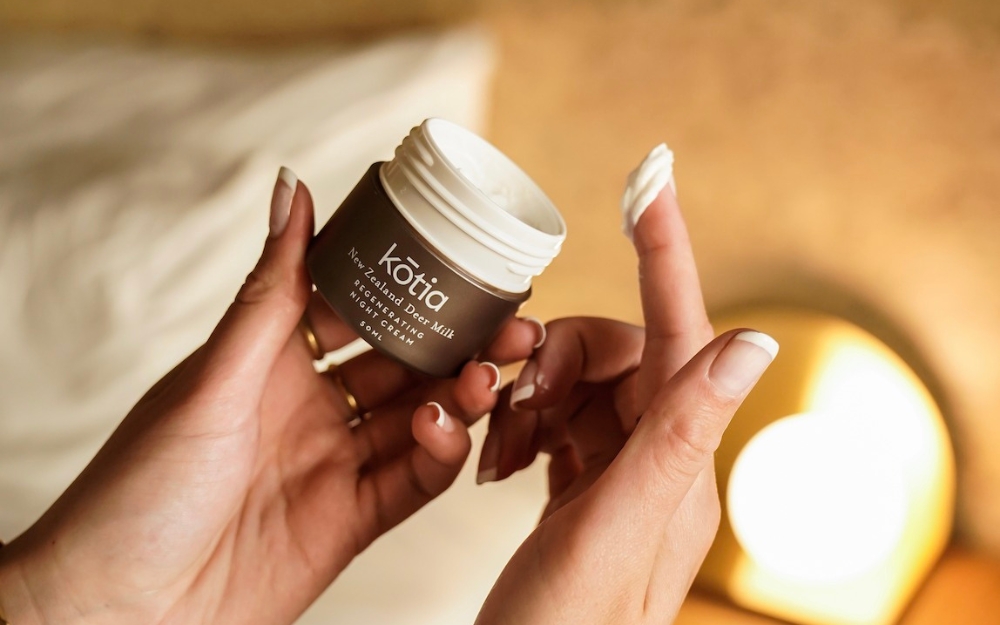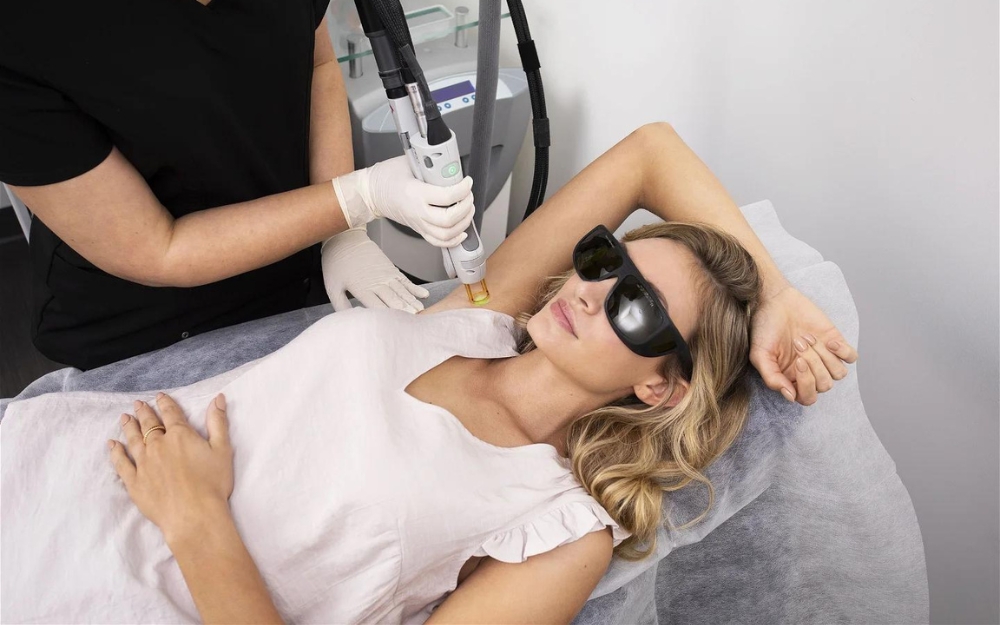We all love salon treatments, but often time and cost don’t permit a weekly or even a monthly visit to a spa. This is where DIY home beauty treatments come in.
According to beauty therapist Jocelyn Petroni, they’re on the rise.
“I think women – and men for that matter – are increasingly more savvy when it comes to their home care routine,” she says. “Regular DIY facial treatments, such as masks and scrubs, ensure the skin is well maintained in between your salon visits.”
Where to start
Creating a salon atmosphere is the first step.
“Ensure you have a clean, quiet space where you can really take the time to pamper and reward yourself,” says Jocelyn.
Celebrity facialist and skin health expert Amy Erbacher recommends being well prepared with fresh towels, a chair and the right tools for your treatment.
“When you’re ready to pamper yourself, there’s nothing more frustrating than not being able to find what you need,” she says. “Create a beauty pamper box or set aside space in your bathroom cupboard to store all your DIY spa equipment.”

Beauty top tip
“Remember to keep equipment clean and sterilised,” says Amy Erbacher. “Even though you’re performing these treatments in the luxury of your own home, you should still follow safety measures at all times and keep items clean to prevent any infection.”
Facials
A facial is one of the most popular home treatments, as it can be done in as little as five minutes.
“I like to follow the traditional method of removing make-up: double cleanse, scrub, mask, serum or oil and moisturiser,” explains Jocelyn. “I also like to give myself a firm facial massage to help tone the skin and promote blood flow and lymphatic drainage. Cleansing your skin is the best time to massage your facial muscles, promoting lymphatic drainage to detox from the inside.”
Facial steaming will allow your pores to open up and help remove toxins from the skin as you perspire.
“Close your eyes and don’t place your face too close to the water,” advises Amy. “If you have sensitive skin and broken capillaries, I’d skip this and instead apply a facial compress.”
Whether you want to improve fine lines or give your skin a hit of hydration, there’s a face mask tailored to your needs. If you have more than one skin concern, try multi-masking. This can help you target any specific needs on different areas of your face at the one time. Timing is dependent on the particular mask, but most range from five to 15 minutes.
“Lie down if you can and leave the mask to sit,” says Amy.
When you’ve finished, remove the mask with a warm facial compress or towel. Then splash your face with cool water to close up pores and pat dry. Apply a serum or oil and moisturiser after this process.

Massages
Body scrubs and oils not only exfoliate and hydrate the skin, they also help relieve tension and stress. Amy says self-massage is a great way to assist with detoxification and also improves the skin’s tone and texture.
“Always start at the feet and work your way up the body with firm movements, and always up towards the heart,” she advises.
Before any type of body treatment, try dry brushing.
“Dry body brushing is ideal for a gentle exfoliation,” she says.
It’ll also help improve circulation and remove toxins from the body.
“Remember, light gentle strokes in circular movements.”
Waxing
Waxing is a clever way to get silky, smooth skin for longer. Yet if you’re inexperienced or just not game, it’s best to get a professional to do it – at least the first time.
“As a therapist, I’ve seen some really bad DIY waxing mishaps and you can sometimes do more damage than good,” says Amy.
The day before you plan to wax, ensure the area has been exfoliated to remove dead skin cells. Most experts say the best way to wax is from the outside of the area inwards.
It’s also recommended to wait until the hair is about five millimetres in length. This is because it’s harder to remove very short hair and hair any longer will be more painful.
When to see a professional
“Professionals work with skin every day, so they’re able to examine it and identify what it needs or what changes you should make in your home care routine,” explains Jocelyn Petroni. “So it’s important that you visit an expert at least every three months. You should also see a beauty therapist for any advice on more serious treatments, such as extractions, peels or specific skin concerns.”

Pedicures and manicures
Keeping your fingernails and toenails looking their best is simple with the right tools. “It’s great that at-home manicures and pedicures are becoming more accessible,” says Jocelyn.
To start, remove all nail polish with an acetone-free nail polish remover that has a strengthening or conditioning agent in it. This will help prevent nails becoming weak and brittle. Then soak both your hands and feet in a tub and exfoliate. Give nails a good file and buff, and protect your cuticles using oil.
Apply a base coat, two layers of colour and a top coat to nails, unless the nail polish is a gel. Finally, use a good barrier cream to keep your hands and feet well hydrated throughout the day.

Products we love
1. Scholl Velvet Smooth Wet & Dry Foot File, $80. 2. NZ Spa Wild Daisy Bath Soak & Eco-Soy Candle, $35. 3. Pure Fiji Coconut Sugar Rub, $66.50. 4. Veet Spawax, $80. 5. Eve Lom Cleanser, $170, and muslin cloths, $27. 6. Manicare Dry Body Brush, $17. 7. Estée Lauder Advanced Night Repair Concentrated Recovery PowerFoil Mask, $148. 8. Natio Ageless Hydrating Face Mask, $22.50. 9. Manicare Cuticle Clippers, $30. 10. Manicare Fine Nail Shapers, $6. 11. Manicare Stainless Steel Pedicure File, $14.
Words: Sheree Mutton
For more from The Australian Women’s Weekly, follow us on Facebook or Instagram.




